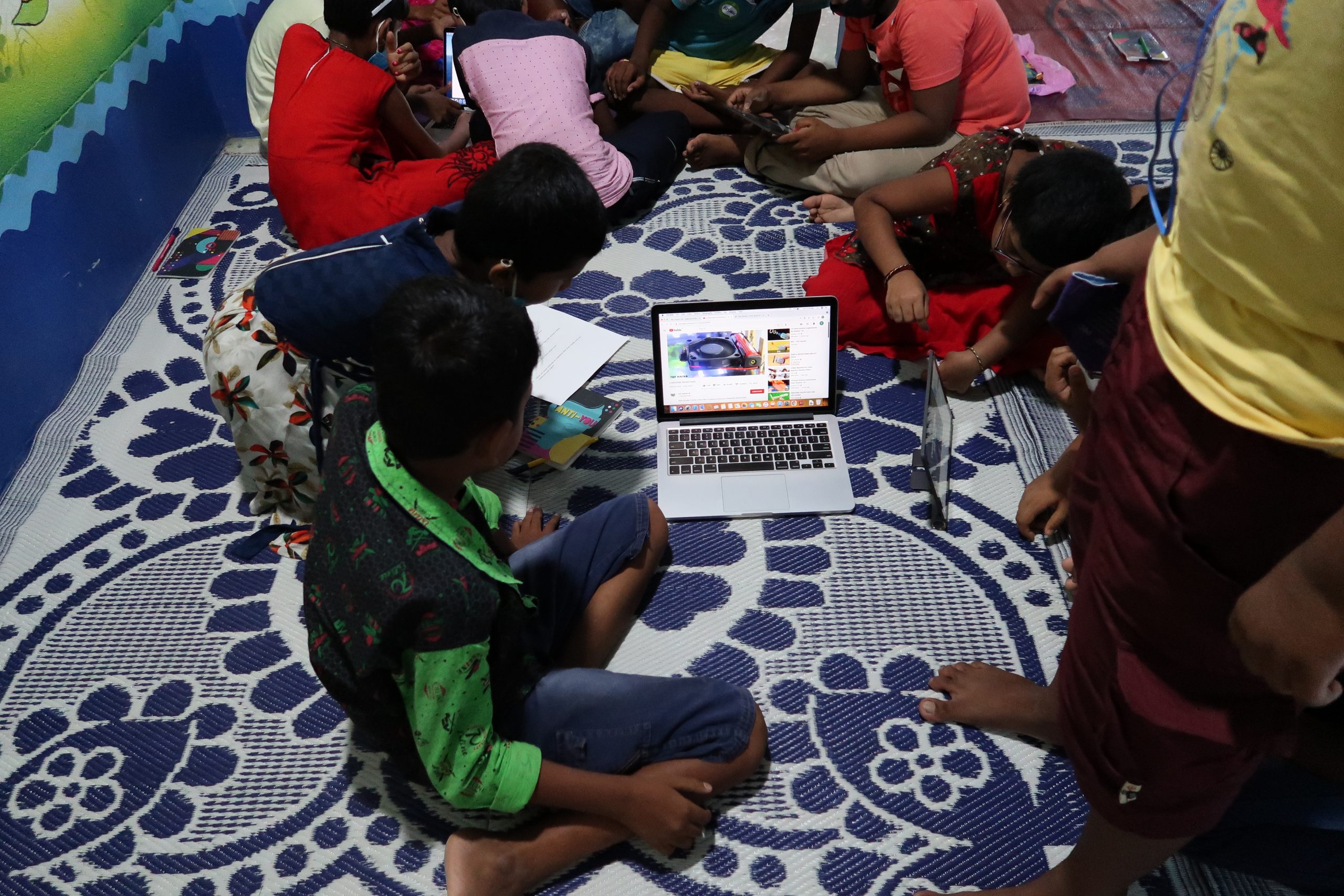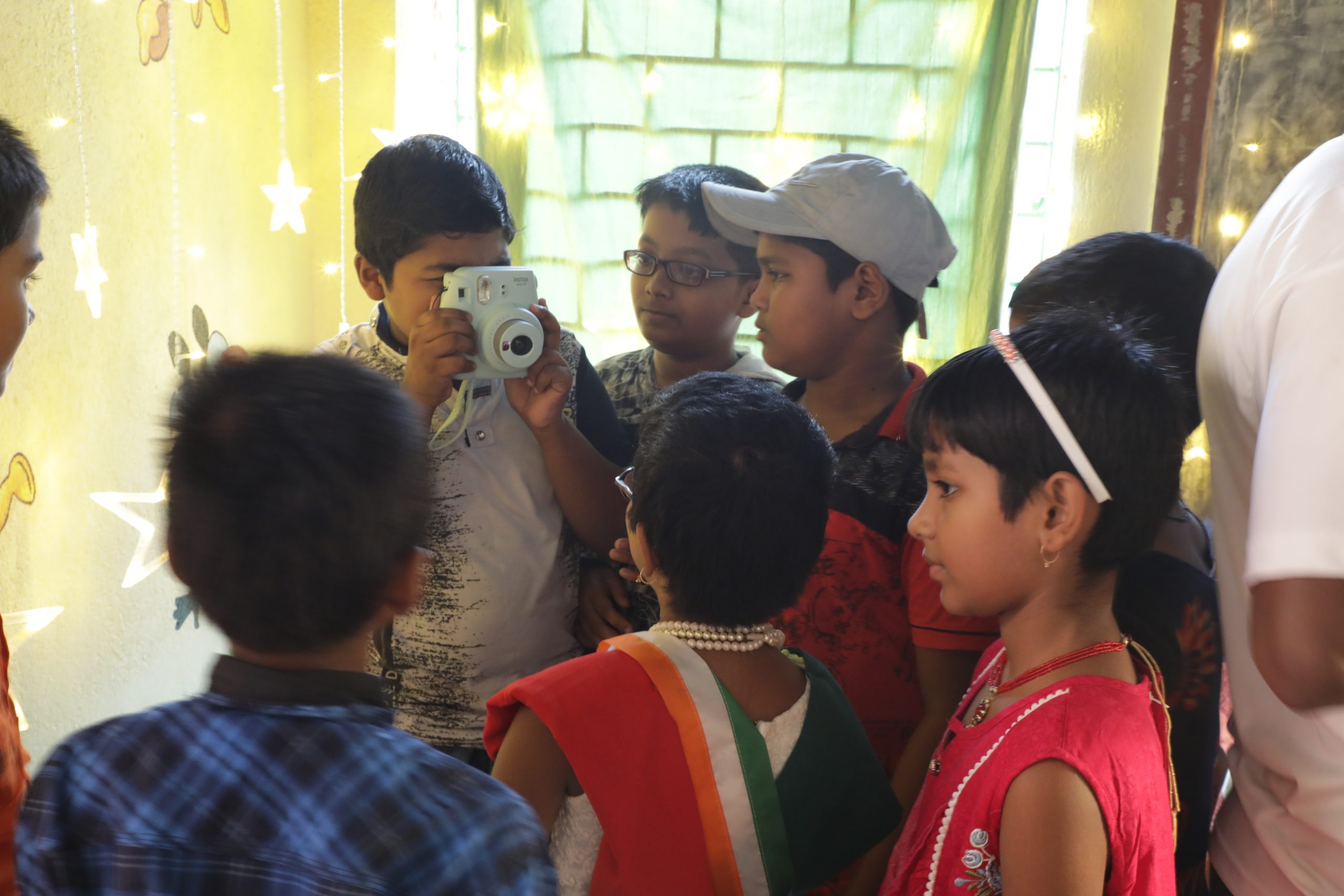
September 7, 2021 / Arts & Learning Alternatives
Recruiting potential self-learners
Recruitment children for the future of arts and learning alternatives bootcamp was more challenging than what we imagined. Communicating an esoteric concept like self-learning and ideas of ‘sparking curiosity’ in topics ranging from art to engineering to mind-body connection, was fraught with risks.
We wrote.. Quote “Why is the grass green? How do birds fly? Where do babies come from? Why do the fishes live in water? Children are born with a curious mind. They wonder at everything that they see and want to know why a certain thing is the way it is. This natural curiosity is what makes a child want to learn new things. Children have a strong desire to learn and explore, and research has proven that CURIOSITY is the root of all creativity, exploration, imagination, and self-development.
School Text Books only have material prescribed for examination. With pressure of examinations, Teachers and Tutors have little time to nurture your child’s natural curiosity. At home, no one has the patience to engage. Many a time you do not have the answers to the child’s questions.
So what is the way forward? The answer is SELF-LEARNING. Now your child can participate in the 4 week long Curiosity Workshop at Vidyasagar Nursery School, ChauddhaChuli, and practice self-learning.




By using proven methods in self-learning the workshop will help unlock your child’s true potential. He will now be able to find answers to his own questions. We will teach him how he can self-learn by using the internet or make things with his own hand. He will learn science using his own hands, make art, create maps and more. In the process he will discover solar power, use natural materials for art, identify medicinal plants for home remedies, and many more”
We designed the brochure in Bengali shared via influencers on messenger apps but it had a very tepid response, bordering on NIL.
That is when we realized that we needed to take a different route and pitched the idea to opinion leaders – specifically the headmaster of the local high school. We also on-boarded the headmaster of our primary school as one of the FALA volunteers. Once we had narrowed down the search to the age group of grade 4-6, we started getting referrals about children who would be likely candidates.
The headmaster gave valuable insights why his curated list of students were more likely to succeed. His many years of experience with the local community working gave us valuable perspective about parents. We followed up with the selected list of candidates and pitched the idea to parents – running a structured interview about their apprehensions and reasons to believe in such a program. The results were not always as expected. Some parents who were involved within the education system and even economically well off were sceptical of the program.
